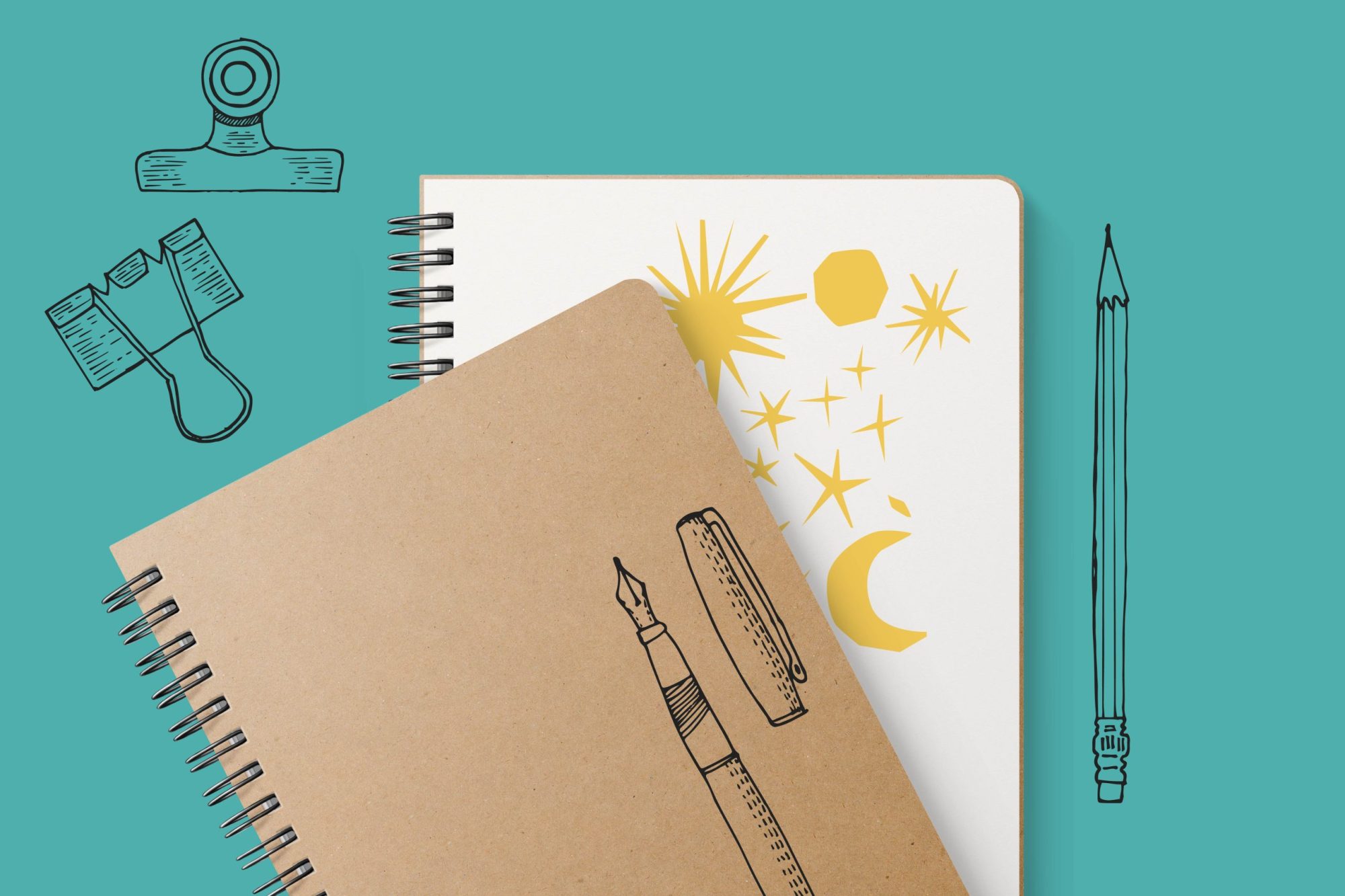If I could implement one daily practice into each of my loved ones’ lives, it would be daily gratitude. Every night for the past two years, I have opened a tiny little notebook and written down ten things I am grateful for that day in bullet points. I started doing this my first year of college when I was having a hard time with all the rapid changes occurring in my life.
But, this small daily practice turned into something extremely beneficial to me. I mean, there’s a reason I’m still doing it two years later.
At first this habit seemed like a bit of a chore, as most habits do. Although being intentional with my gratitude list made me reflect on the happy moments in my day, which felt good. I still approached it like a task I had to force myself to complete. Now, it’s almost a reflex. I do it after I brush my teeth; it’s second nature. I almost never forget, and if I do I do it the next morning.
This routine quickly bled into my day-to-day life. I became more aware of the lucky moments of my day while they were happening, not just when I sat down to write about them. I would be walking to class, and feel grateful for the puppy in someone’s front yard jumping over the fence at me or the tall eucalyptus tree by my classroom I had never noticed before.
You don’t really realize how much these tiny moments make you feel better, until you’re having a shitty day or week. It’s during these times that my gratitude journal doesn’t become a reflex, but a necessity to me feeling good. It’s in these tough moments that I know starting this daily practice was one of the best things I have ever done for myself.
Although I started this daily practice my first year of college, I was first encouraged to do it my junior year of high school by my AP psychology teacher. She told us about a study in which it was proven that writing down moments of gratitude each day increased participants’ mental health. The more specific the moments, the higher reported increase in mental health.
There are numerous parts of the brain that react positively when one practices gratitude. According to Christina Costa, the medial prefrontal cortex, an area associated with the management of negative emotions, cognitively restructures potentially harmful thoughts to better manage our circumstances when we practice gratitude. In her Ted Talk, Costa also states that in general, the more we do something, the easier it becomes. This happens with our brains as well. “The more we activate these gratitude circuits, the less effort it takes to stimulate those pathways the next time, and the stronger those pathways become,” Costa says.
So it makes sense, that after taking a little bit of time out of my day to write down ten things I was grateful from that day, long enough to make it a habit, the easier it became.
Some days I find myself writing down things that seem too easy, like the pizza I had for dinner or that I liked my outfit that day. Sometimes my list is just a list of names. People that made me feel happier that day and what they did: “Hug from Emma or call with my mom.” Other days, I am more intentional with my ten bullet points: “The pink sunset from my window, or a customer at work complimented my earrings.” The more specific the bullet point, the better I feel. It is almost like a challenge, to notice the tiniest things that make my day better.
The point of this is not to convince everyone that reads this to buy a colorful little notebook and write down ten bullet points of gratitude everyday in an effort to make you happier, although I do think it would work at least a little. However, I do think that incorporating little pieces of gratitude into your day, in whatever form that may be, can go a long way. I’ve been doing it for two years now, and I don’t see myself stopping anytime soon.

